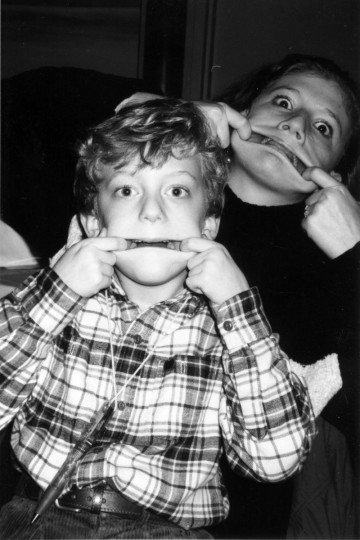Ira Cohen
HAUTNAH | UP CLOSE & PERSONAL
October 26, 2007 – December 22, 2007
WIDMER+THEODORIDIS contemporary is pleased to announce the first Swiss individual exhibition by the New York artist Ira Cohen. A selection of his photographic work from the series ‘Hautnah / Up Close & Personal’ will be on display.
Ira Cohen is an enigmatic artistic figure who has worked in a variety of at the experimental ways. In the 60’s he published the magazine ‘GNAOUA’ in which he presented artists like Brion Gysin and William S. Burroughs. Jimi Hendrix and other artists were portrayed in his ‘Mylar Images’ and he created many record covers. Shamanistic and tantric experiences were technically and conceptually integrated into his photographic work and his work as a poet, musician and filmmaker began at the latest in the 70’s. A work by Ira Cohen was recently presented at the Art Basel 38 / Kunst+Film by John Armleder. In 1970 Cohen moved to Kathmandu where he lived for ten years and build up an artist’s colony. He returned to New York in 1980 where he still lives and works today.
In ‘Hautnah / Up Close & Personal’ Cohen leads us into his private world. Friends, relatives, musicians and stars are presented in uninhibited yet apparently natural positions. Patti Smith, Madonna, W.S. Burroughs and Paul Bowles are just a few of the well-known faces. More thrilling and intimate, however, seem the unknown faces: pictures of his grandchildren or of a friend in the bathtub. Stars like Madonna or Paul Bowles, ‘shot’ in a moment of everyday life, suddenly appear vulnerable and alone. Particularly when viewed in its entirety, this series of photographs develops a power and a poetic sensuality that can also be found in the rest of Cohen’s work.
The pictures shot by chance, in spontaneity and irony, refer not only to Dadaism and its nonconformism but also to the anti-authoritarianism and social criticism of the Beat Generation, which also broke many taboos and developed new experimental ways of life. Cohen’s work reflects these influences in a most impressive way.
In ‘Hautnah / Up Close & Personal’ Cohen leads us into his private world. Friends, relatives, musicians and stars are presented in uninhibited yet apparently natural positions. Patti Smith, Madonna, W.S. Burroughs and Paul Bowles are just a few of the well-known faces. More thrilling and intimate, however, seem the unknown faces: pictures of his grandchildren or of a friend in the bathtub. Stars like Madonna or Paul Bowles, ‘shot’ in a moment of everyday life, suddenly appear vulnerable and alone. Particularly when viewed in its entirety, this series of photographs develops a power and a poetic sensuality that can also be found in the rest of Cohen’s work.
The pictures shot by chance, in spontaneity and irony, refer not only to Dadaism and its nonconformism but also to the anti-authoritarianism and social criticism of the Beat Generation, which also broke many taboos and developed new experimental ways of life. Cohen’s work reflects these influences in a most impressive way.

